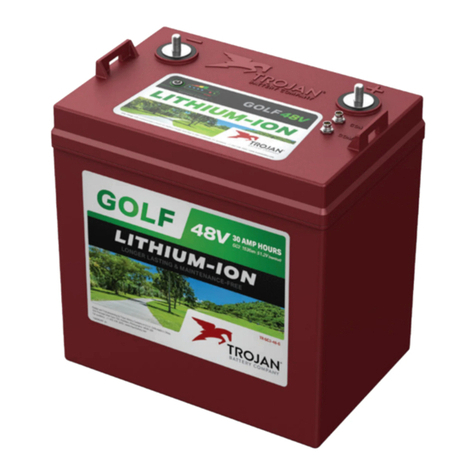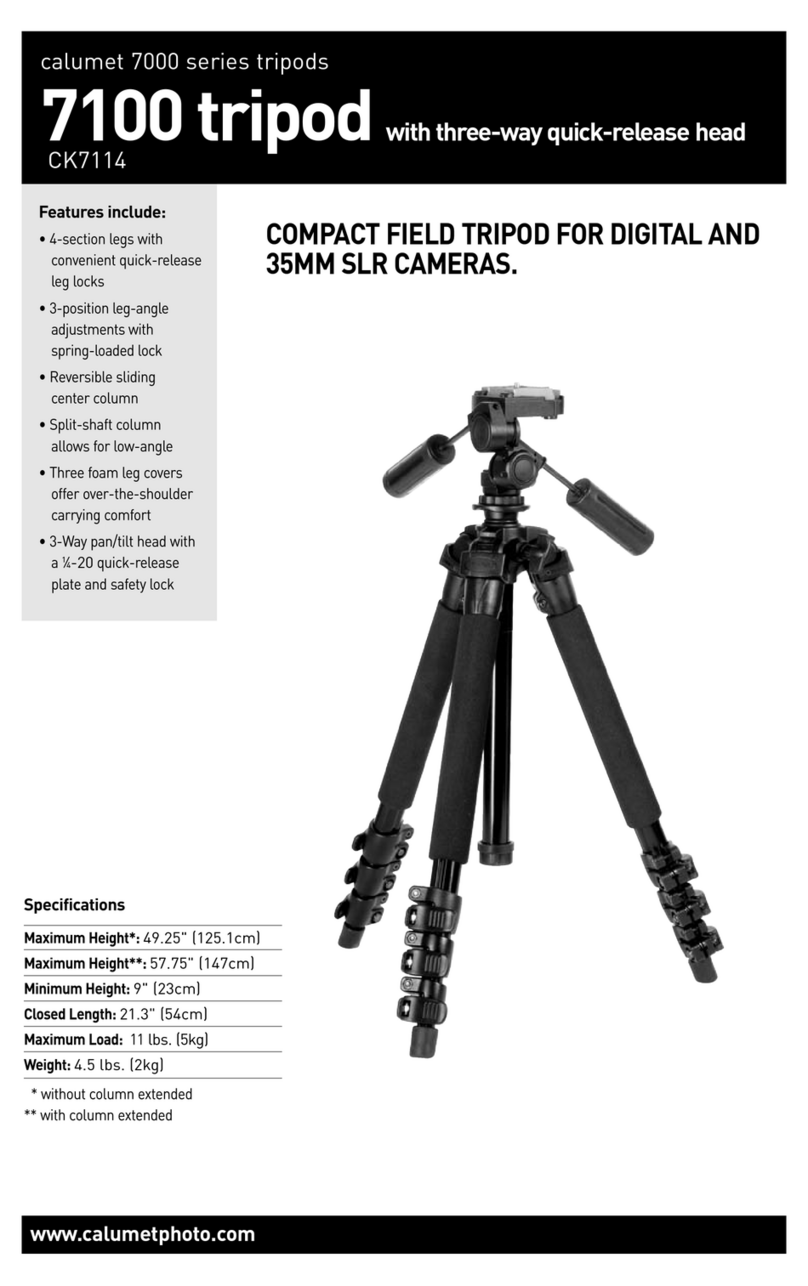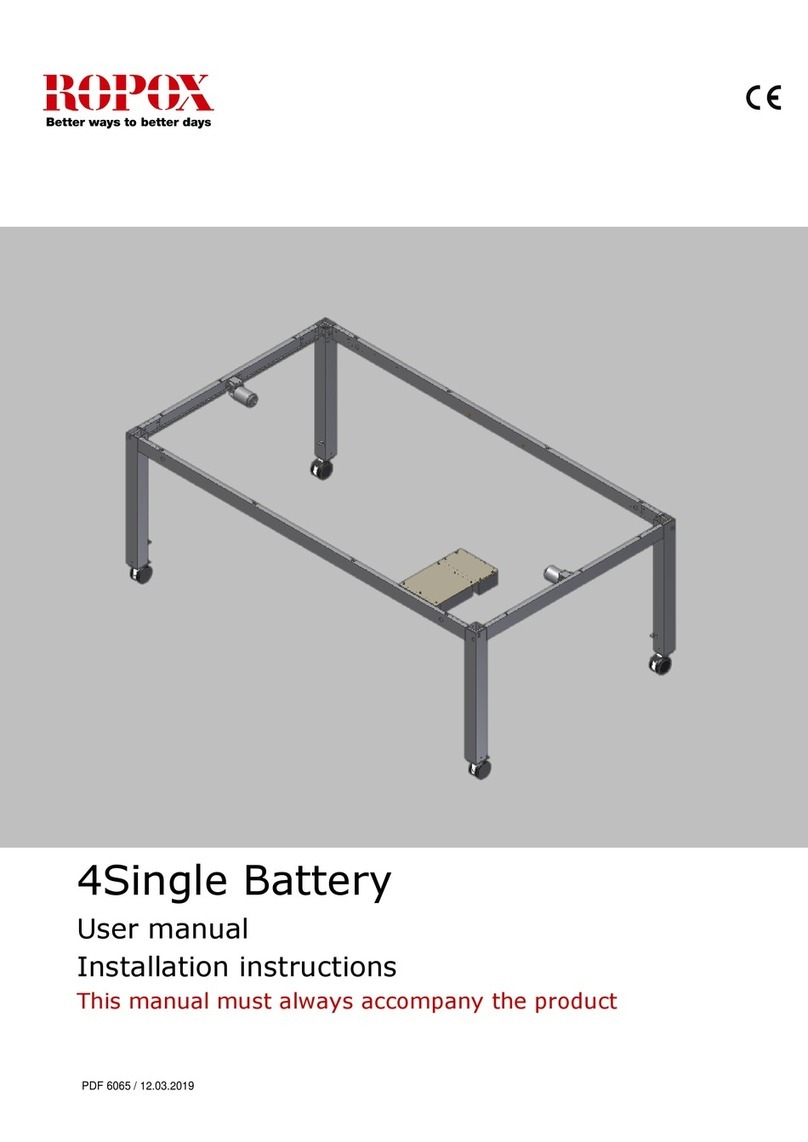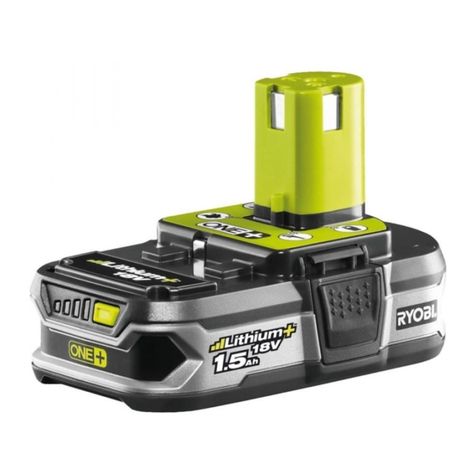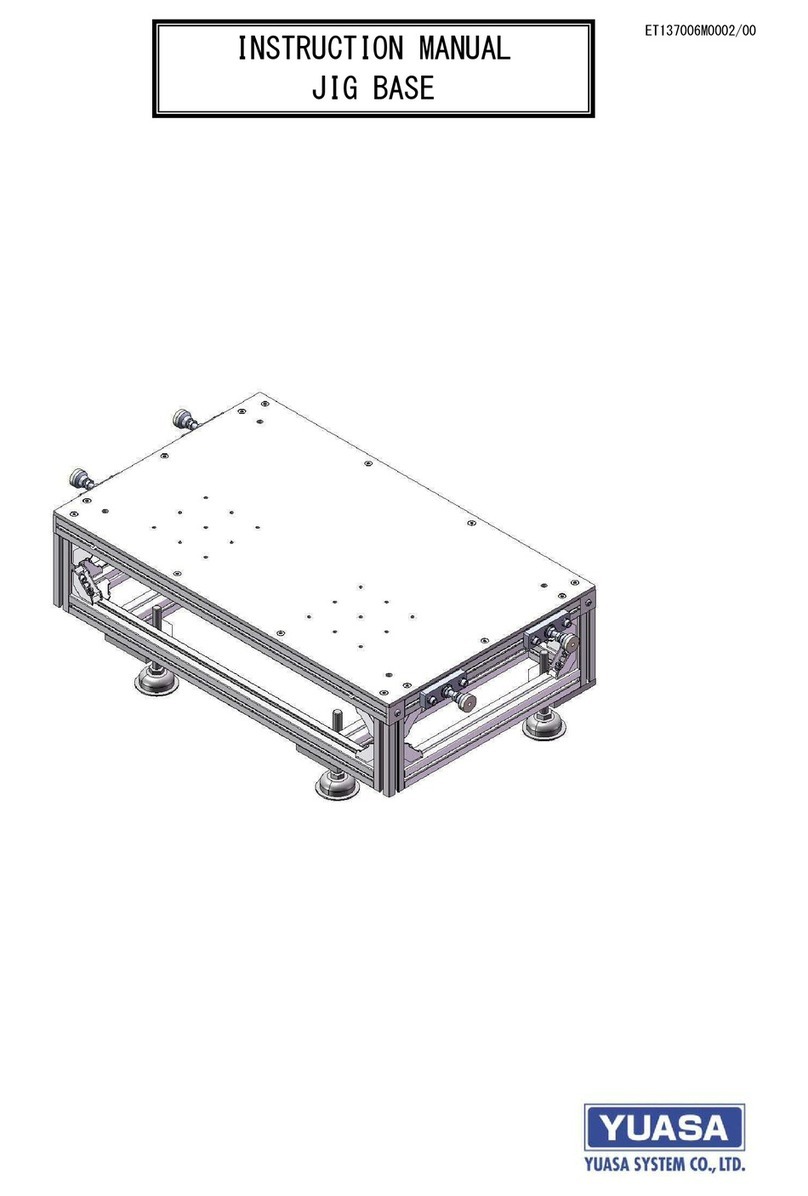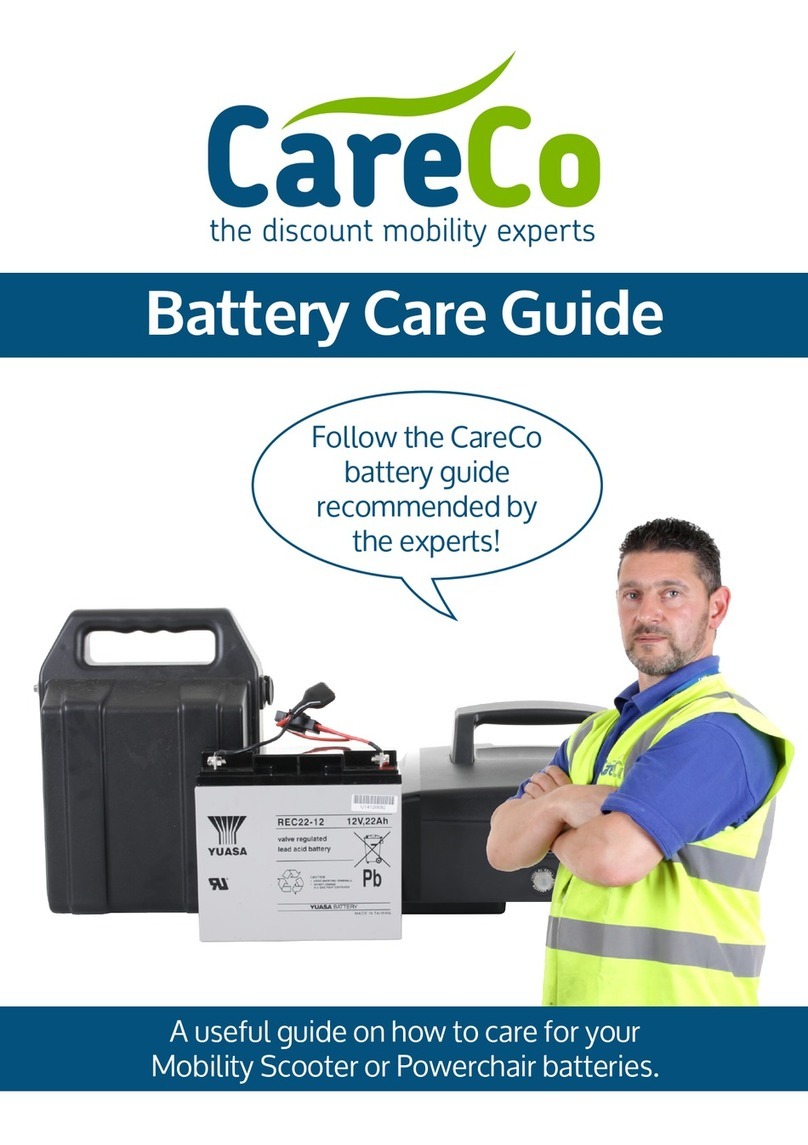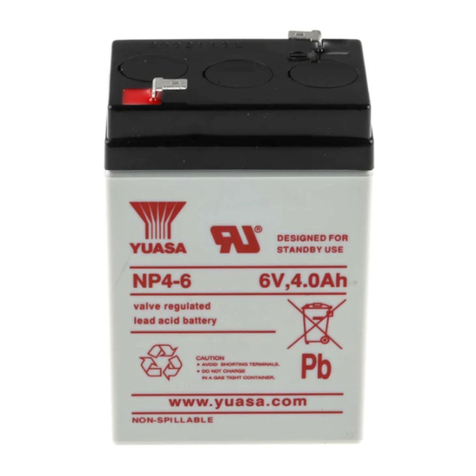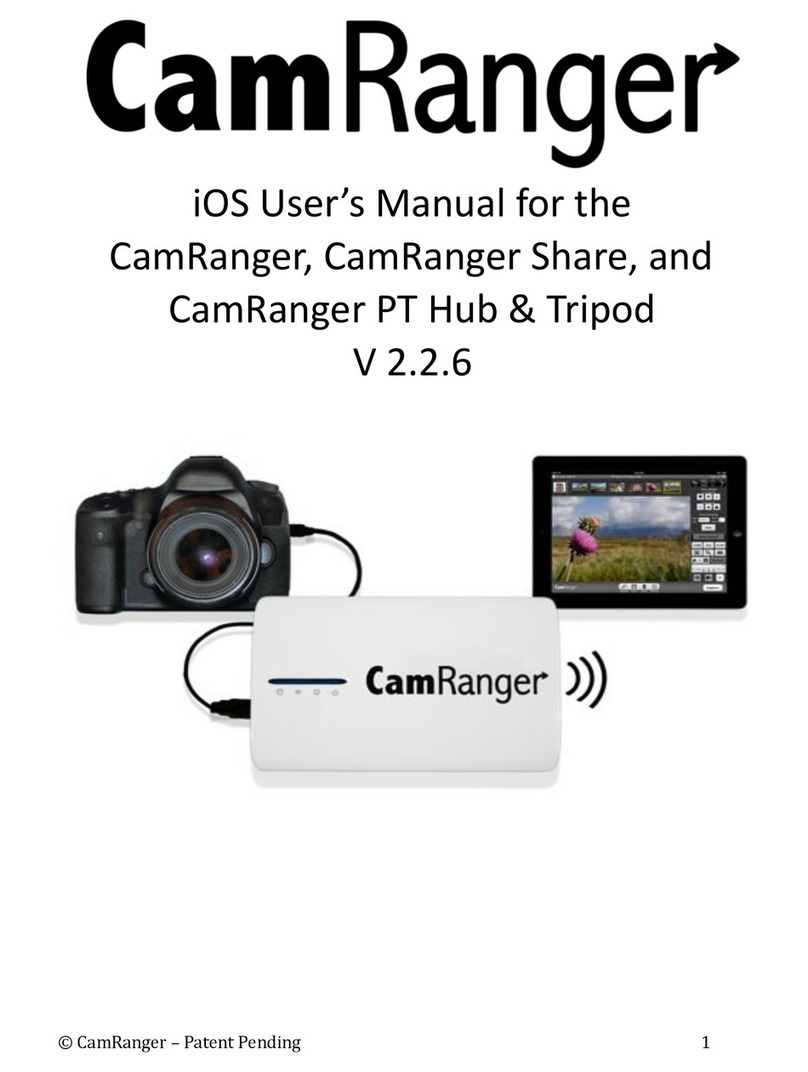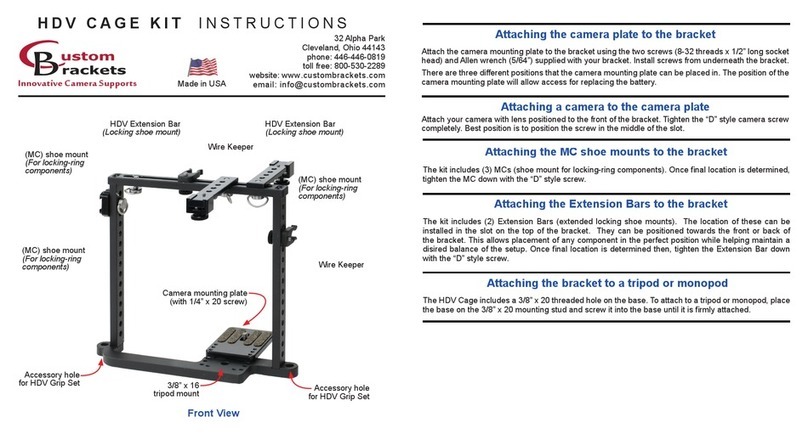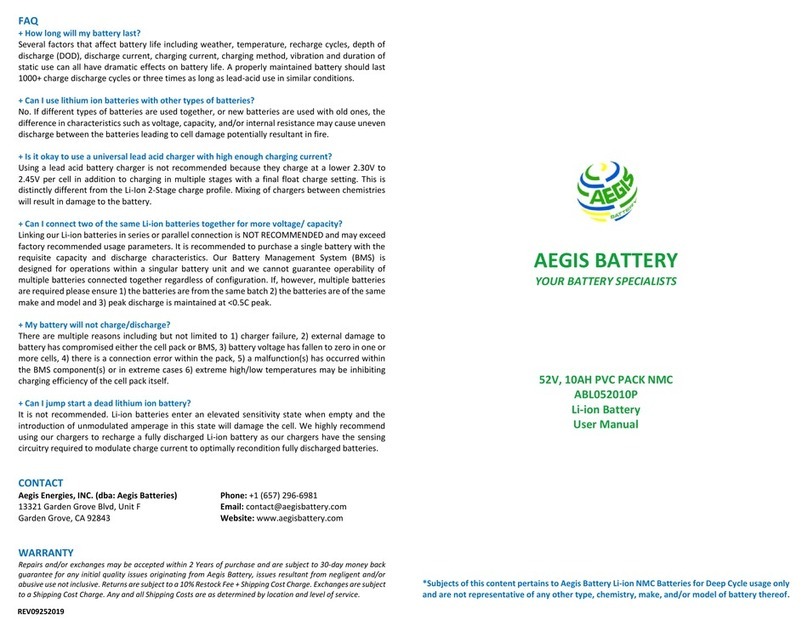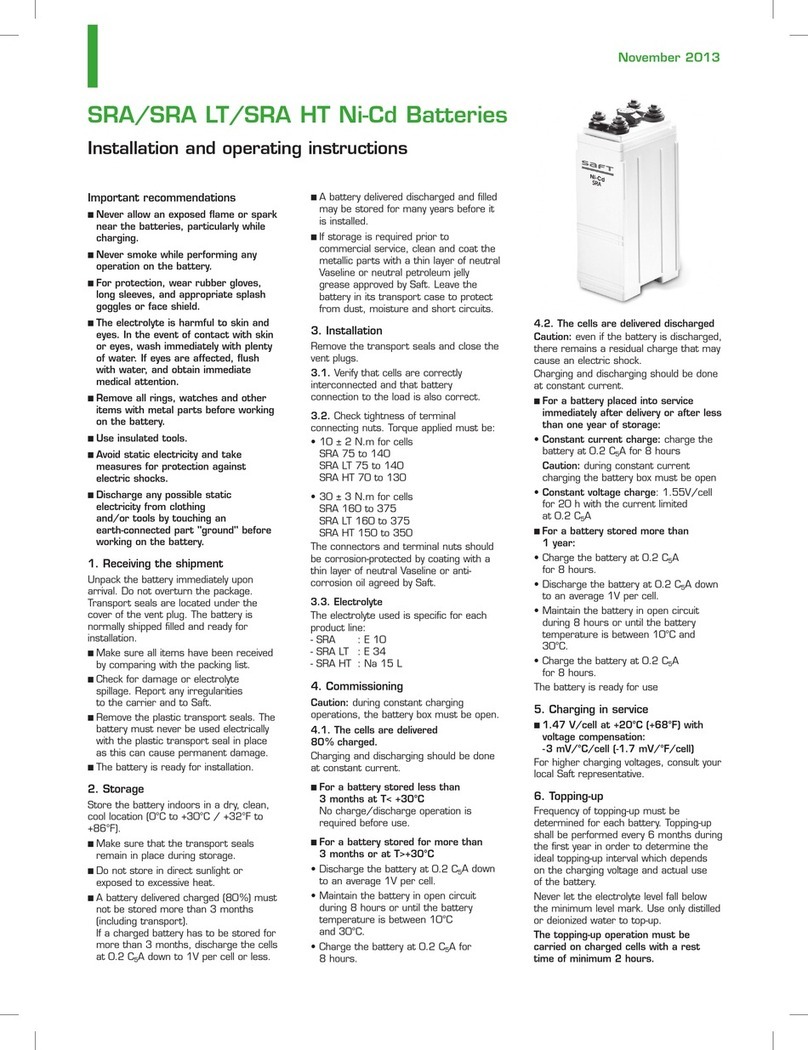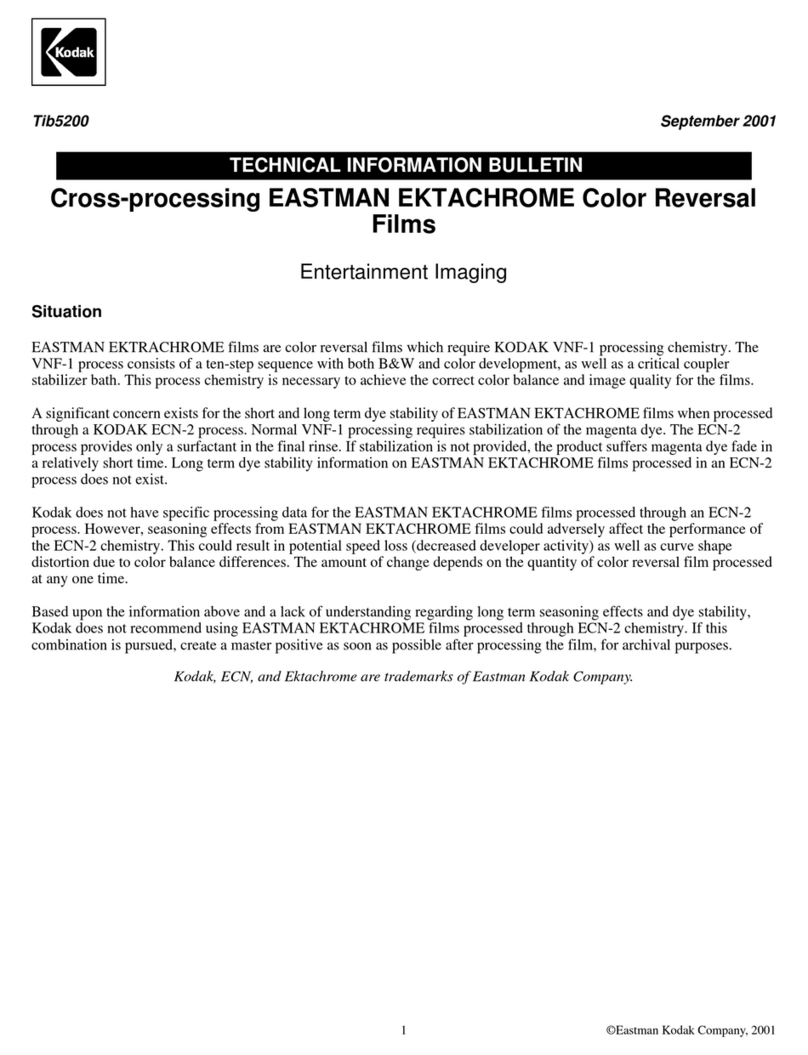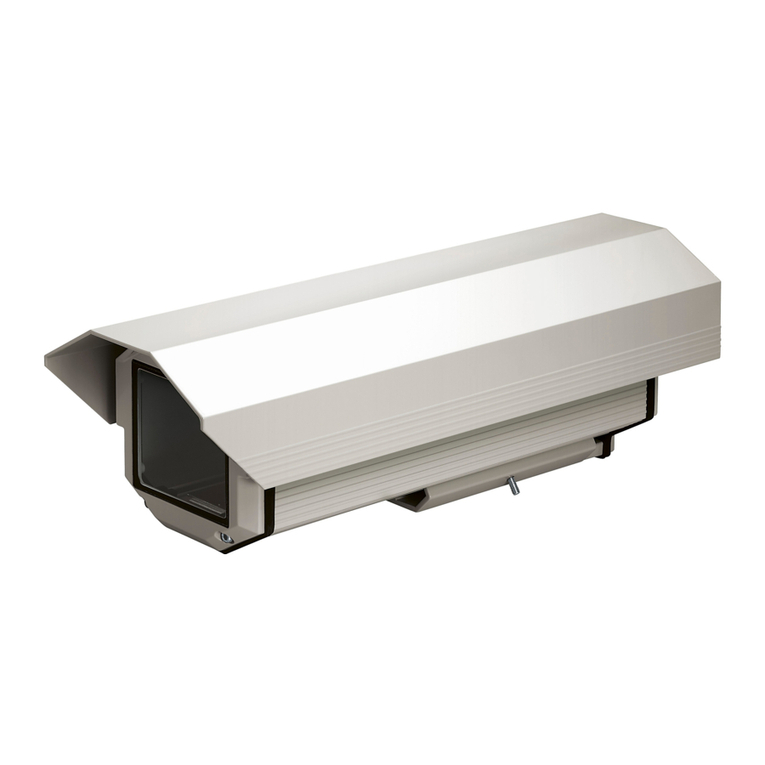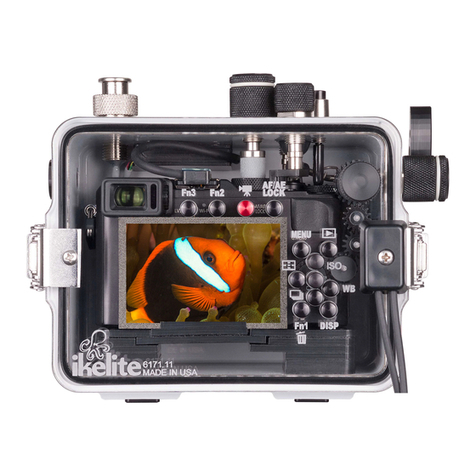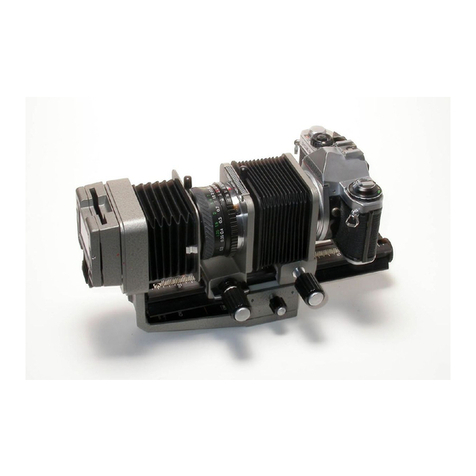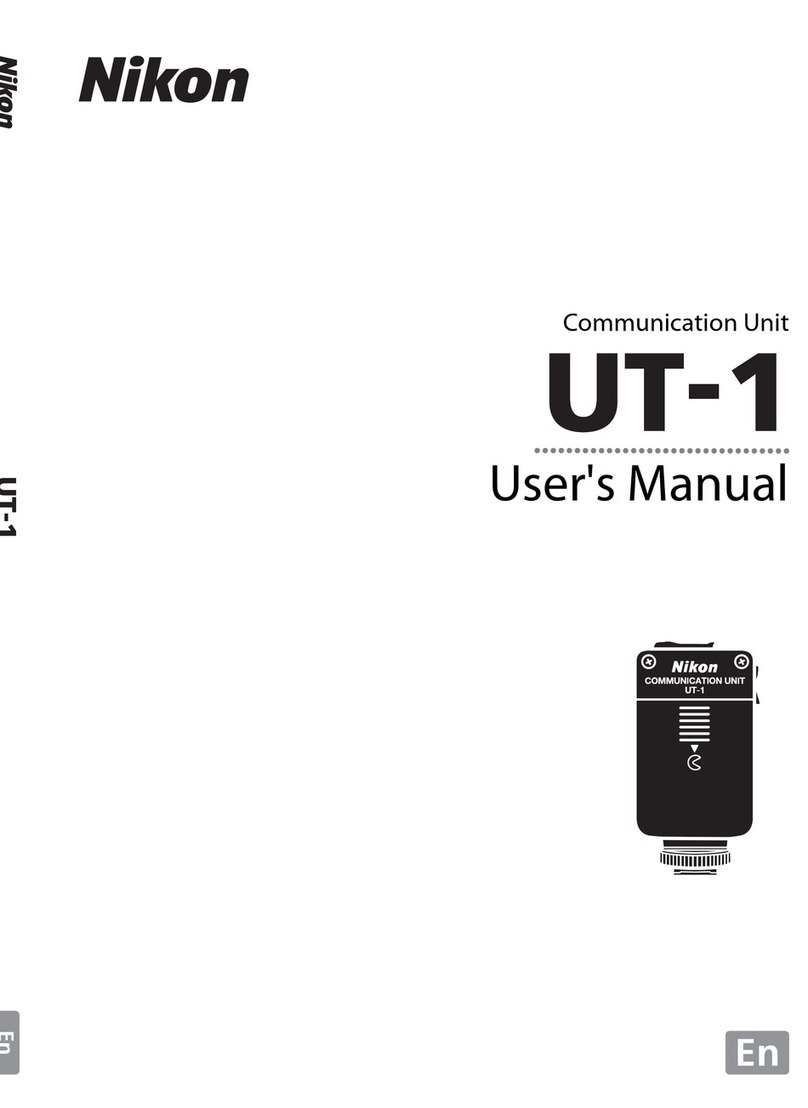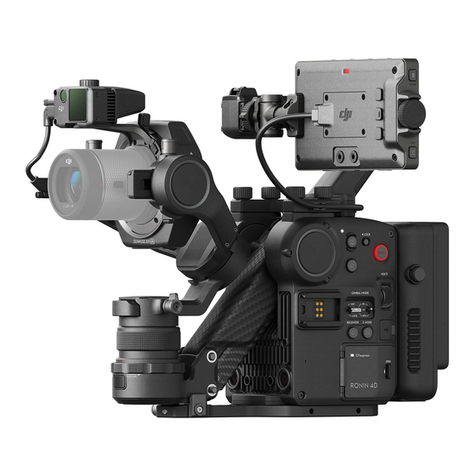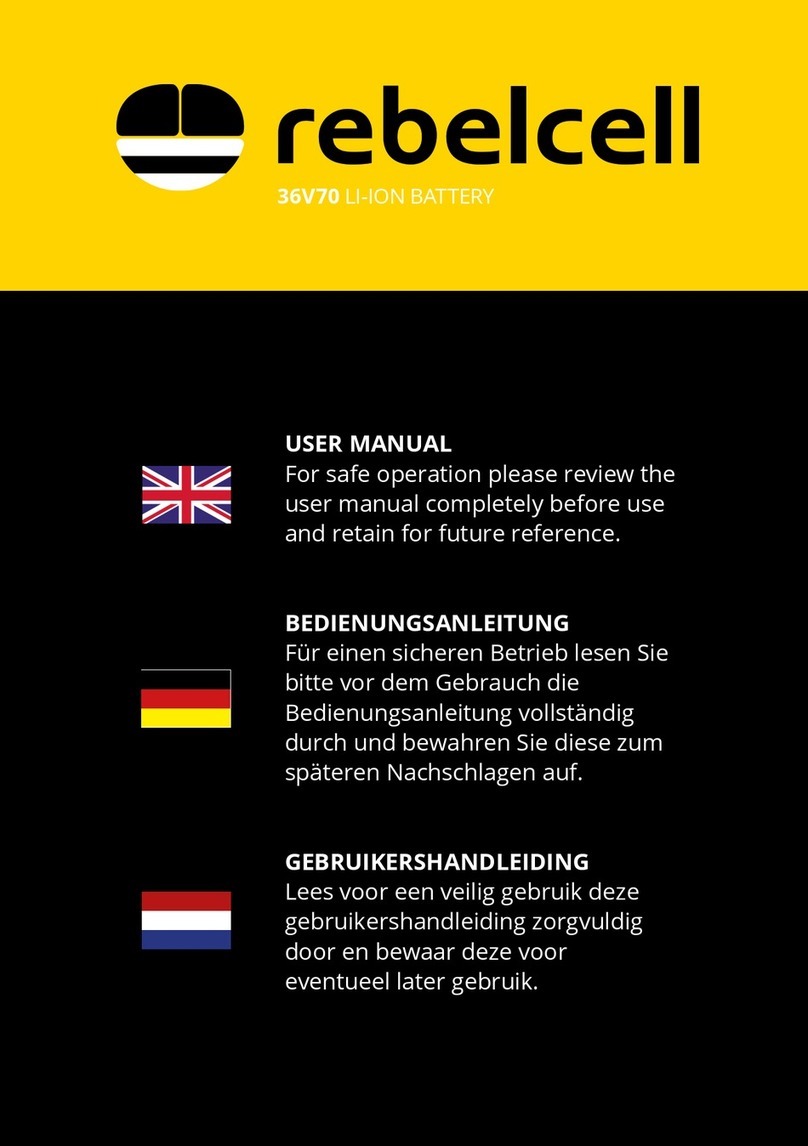
10
Verify the homogeneity of the voltages of the monoblocs prior to assembly. Do not
assemble a monobloc with a voltage that is too low.
Within a single string and whenever possible, assemble monoblocs with the same
date code (etched or stuck to the top of the battery).
During installation, make sure that there are no bumps or scrapes that damage the
battery container.
During installation, ensure that there is sufficient space for good ventilation (use a
gauge).
Using the stickers provided, and in accordance with Yuasa’s plan, number the top
of each monobloc, making sure not to conceal the date code of the batteries.
Dip trays are not useful with VRLA batteries.
Yuasa stands are isolated (no need to connect to the ground).
7/ ELECTRICAL CONNECTIONS
7-1/ CONNECTING BETWEEN CELLS OR MONOBLOCS
Use the connectors (cable, bar or braid) adapted to each battery supplied by
YUASA. The flexible connectors can limit the risks of terminal loosening during the
transportation.
The choice of connector should be made in relation to the maximum discharge
current and the drop in voltage to be minimised. The total drop in voltage in this
connector must not exceed 1 % of the nominal battery voltage with nominal current
or power.
The inter-row end cables must be assembled on the batteries to avoid being
loosened by mistake.
The inter-level end cables and other cables must be assembled without stress on
the terminals and can, if necessary, be attached to avoid being loosened by mistake.
No washer between terminals and connectors, risk of high temperature.
The holes in the connectors, end cable or cable eyes must be adapted to the
diameter of the terminal screws supplied with the batteries (+0.5 mm max). For
example, never assemble cable eyes of 8 mm or more with M6 screws. There is a
significant risk of damaging the terminal, leading to poor electrical contacts and acid
leakage.
The terminal screws used must be those provided with the batteries. Always
assemble spring washers under the screw heads and flat washers in contact with the
